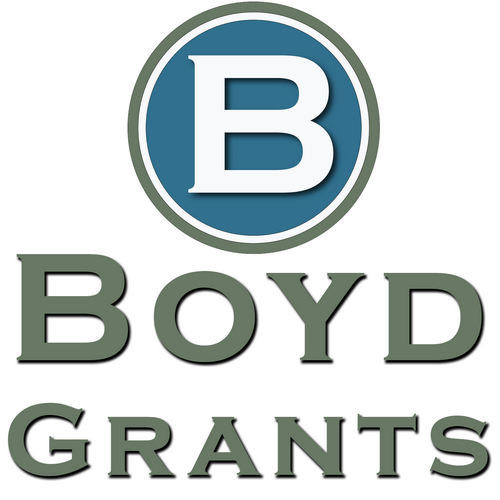Many projects are collaborations across sectors and involve governmental entities, academic institutions, nonprofit organizations and even the private sector. However, only some of these entities are eligible for the grant funding needed to support collaborative initiatives.
Writing a grant to fund a collaborative project is a big leg up for your organization. Grant makers love to see cross-sector collaboration and community support as evidenced through partnerships with local nonprofit organizations. Involving an academic institution means evidence-based data collection and program evaluation. Leveraging collaborative resources means the project or program has a higher likelihood of being sustainable, with lasting impact beyond the life of the grant.
However, when writing on behalf of a collaborative effort, you need to include a Memorandum of Understanding (MOU) and a letter of support from each project partner. An MOU is an agreement to proceed on the project, and a letter of support expresses their support for the project and the grant application. This will show potential funders that project collaborators are genuinely on board with the effort and are committed to participating in the capacity to which they have agreed.
If you are partnering with a college or university, include a letter of support from the institution’s president. If you are partnering with a nonprofit, for-profit company, or medical institution include a letter from its executive officer, or president. Another added factor when it comes to collaboration is keeping everyone on the same page, on the same schedule, on the same deadlines. The best way to get these letters of support in due time is to draft them yourself, expressing their support for the project from the perspective of their interest to send to them to sign.


Recent Comments